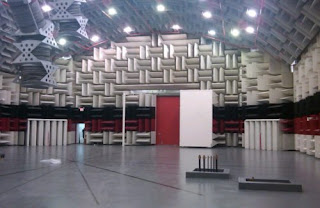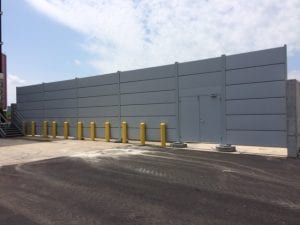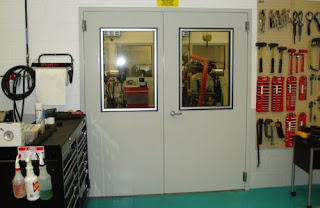The fundamentals for your interior soundproofing
Have you landed for a home based job, but find it hard to get any work done, as noise from loud music, vehicle traffic from the home theatre of your neighbor and other such matters make focusing hard? Okay, it is now time to seriously think about soundproofing your work room, study or wherever it is with STC 51 door that you use as an office to get the work done.
Soundproofing primarily is concerned with either blocking the noise from outside getting in or blocking the noise within from getting out. Whichever it is, it should not be baffled with sound absorption. Before you venture into your soundproofing project with a STC 53 door, you have to completely understand the way sound travels.
These very vital facts have to be realized about sound before indulging on any soundproofing project. First of all, sound requires space to travel. The closer the space, the louder the sound will be. Sound generated in far distances will have less of an annoyance in respect with one from a short distance, all things being equal. Secondly, materials used in building construction have different ratings in STC as you will notice in an STC 54 door. STC ratings are numbers given to the ability to resist sound transfer.
Soundproofing is vital, but it is more vital to explore the source of the sound. In most of the homes these days, windows are the major sources of sound. One, mostly a all of them including the STC 55 door, open towards up to 180 degrees, and secondly, their glass panes are thinner than walls. Hence, sound travel better through them. So recognizing the sound source will assist you to accomplish your goal, and also save you money in the long haul.




Comments
Post a Comment